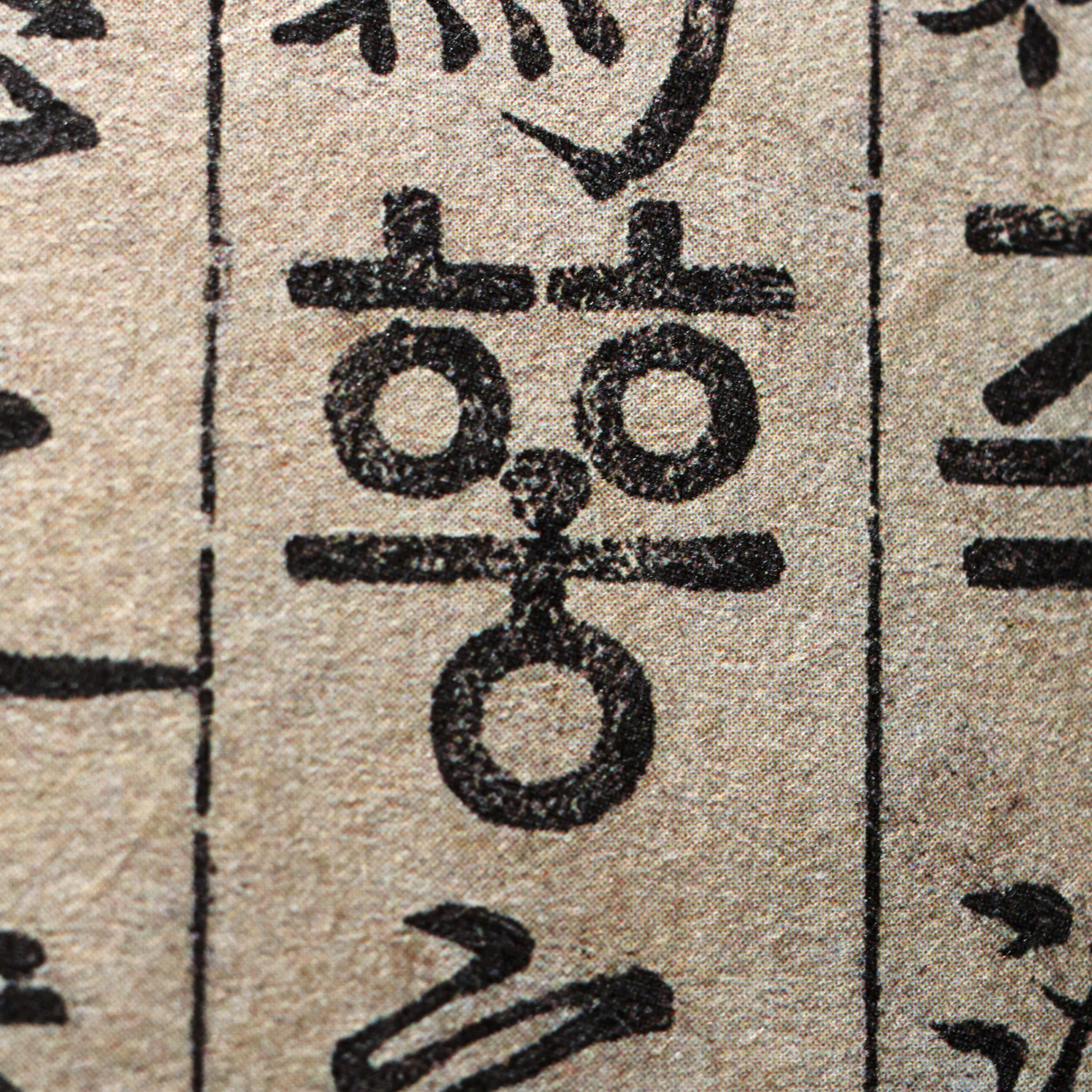[Visual History of Korea] Innovative visualization of sounds in Hunminjeongeum
By Korea HeraldPublished : Oct. 15, 2022 - 16:01

Among the many wonders of Korean history is the invention of Hangeul in 1443, which is responsible for Korea's very high literacy rate and the large vocabulary.
"I pity my illiterate people who must endure difficulty and injustice because they lack literacy," wrote King Sejong the Great in his introduction to the Hunminjeongeum in 1443.
Koreans celebrate the birth of their script on the Hangeul Day holiday on Oct. 9 each year.
Before the promulgation of Hangeul, Korean spoken words and written words did not always match. For example water is called "mul" in Korean but written as "su" in Hanja, the writing system used at the time, which was formed of Chinese characters.
King Sejong the Great invented a new phonetic writing system, the Hunminjeongeum, which enabled Koreans to write anything a person says.
Hunminjeongeum is the original name for Hangeul, which enables visualization of sounds into a written language, as well as the name of the new language guide.
Hangeul enables the user to visualize in words any sound, including sounds from nature.
Ju Si-gyeong (1876-1914), one of the founders of modern Korean linguistics, popularized the use of the term Hangeul to refer to Hunminjeongum writing system after 1913," said Kim Seul-ong, a Hangeul researcher and the author and co-author of 101 books. including "Sejong the Great Hangeul." Kim holds three Ph.D.s, all from Hangeul research.
Most people can learn Hangeul in a day, and some take only half a day.
The 1,443 consonants and vowels in the Hunminjeongeum book are rather graphic and visual. The letters look like modern day fonts with their visual symmetry.
Back in the 15th century, official government business including laws governing contracts were written in Hanja, which was not easy for most of the population, who could not read and tended not to use words that had Hanja roots.
"King Sejong the Great defined his stated motivation to create, the purpose and the goal, not to mention the stated objective of the written language in the preface which is the main body of the book Hunminjeongeum. I discovered that there are 366 sentences in the Hunmingjeongum book, matching the number of days in the year. The original Hunminjeongeum mentions 30 consonants but shows 28, with 31 vowels including combined letters." said Kim.
Modern Hangeul uses 24 consonants and 10 vowels.

"The unused original consonants have potential use for learning to pronounce foreign languages which have sounds not found in the Korean language." said Kim.
Literacy is essential for communication and a successful team speaks in the same vocabulary, but around 1443, Korea's Joseon people spoke using different vocabularies.
During the more than five centuries of Joseon Kingdom (1392-1910), only the educated elite were fluent in using words derived from Hanja while the working class spoke using indigenous words.
King Taejong (1367-1422), the father of King Sejong the Great, labeled eight regions of Joseon into eight provinces, all speaking distinctive dialects. The Hunminjeongum unified the written language for the different dialects.
When King Sejong the Great introduced 124 pure Korean words as an example of how the new writing system enabled one to write words that people were speaking, Koreans were finally able to write and read any words.

Despite King Sejong the Great's best efforts, Hunminjeongum remained mainly the writing system of women and as a supplement to Hanja for the elite class of Joseon for 451 years, until King Gojong, the last king of Joseon, declared it the official writing system of the land in 1864.
King Gojong's efforts were mostly ineffective, as the bureaucracy and the ruling elite of Joseon Kingdom remained in their old ways even as the 500-year-old kingdom struggled with foreign interference and was eventually annexed by Japan in 1910.
Hangeul was used by some prominent Joseon scholars, including a seonbi named Kim Jeong-hui (1786-1856), the famed calligrapher who wrote in Hangeul when writing letters to his wife asking for necessities and food he missed while in exile on Jeju island.
But it wasn't until 2005 that the Korean government passed a law making Hangeul the official writing system of the land.
North Koreans chose to have Hangeul as their main writing system in 1947 and parted ways with Hanja altogether.
Korean newspapers which used Hanja heavily during most of the 20th century almost exclusively print in Hangeul today.
Hangeul is a living ecosystem which is constantly evolving.
Today's Korean vocabulary contains extensive foreign words, which have taken root in modern Korean culture, giving the Korean language the largest vocabulary of all known languages.
By Hyungwon Kang (hyungwonkang@gmail.com)
--
Korean American photojournalist and columnist Hyungwon Kang is currently documenting Korean history and culture in images and words for future generations. -- Ed.
-
Articles by Korea Herald







![[Graphic News] More Koreans say they plan long-distance trips this year](http://res.heraldm.com/phpwas/restmb_idxmake.php?idx=644&simg=/content/image/2024/04/17/20240417050828_0.gif&u=)
![[KH Explains] Hyundai's full hybrid edge to pay off amid slow transition to pure EVs](http://res.heraldm.com/phpwas/restmb_idxmake.php?idx=644&simg=/content/image/2024/04/18/20240418050645_0.jpg&u=20240419100350)








![[KH Explains] Hyundai's full hybrid edge to pay off amid slow transition to pure EVs](http://res.heraldm.com/phpwas/restmb_idxmake.php?idx=652&simg=/content/image/2024/04/18/20240418050645_0.jpg&u=20240419100350)

![[Today’s K-pop] Illit drops debut single remix](http://res.heraldm.com/phpwas/restmb_idxmake.php?idx=642&simg=/content/image/2024/04/19/20240419050612_0.jpg&u=)